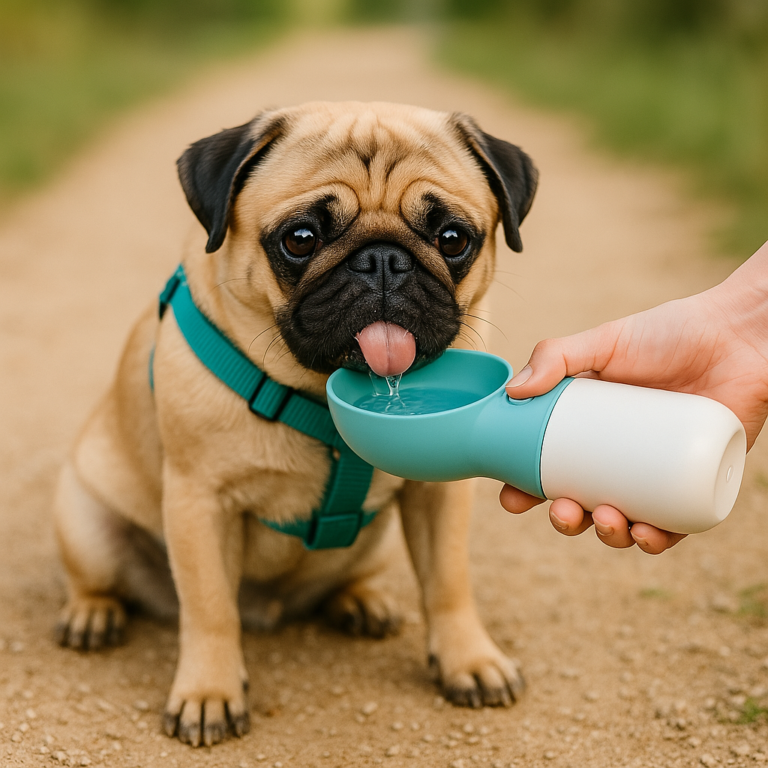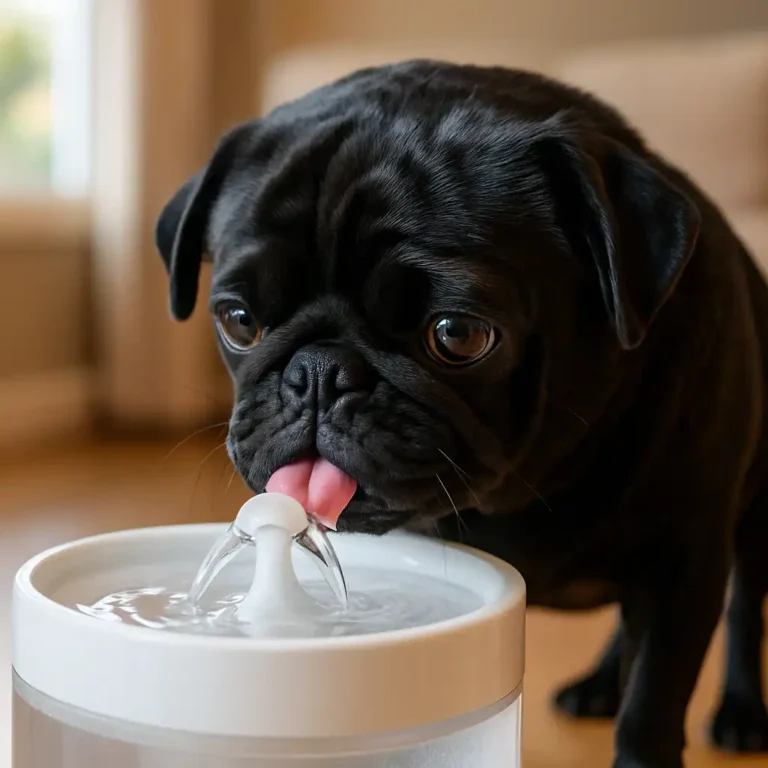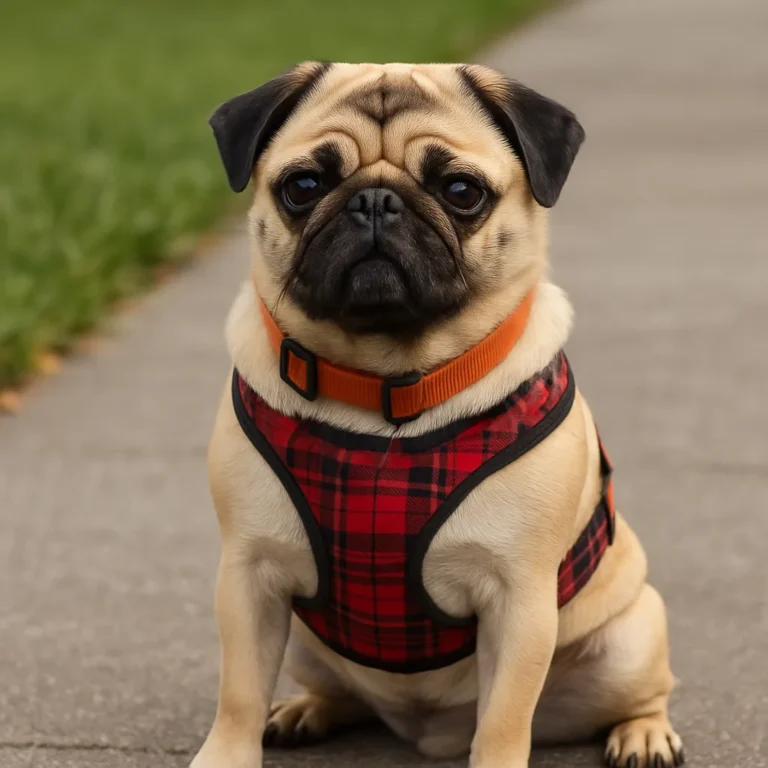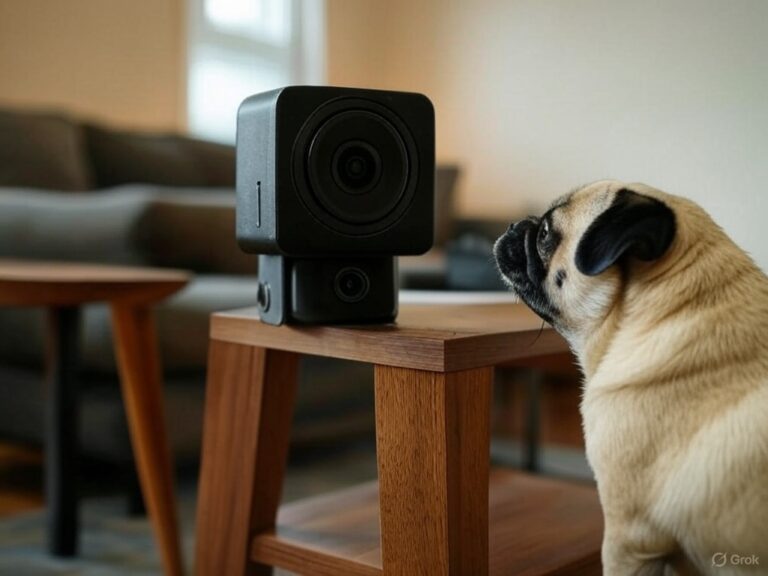Best Harness for a Small Dog: Comfortable Picks Perfect for Pugs
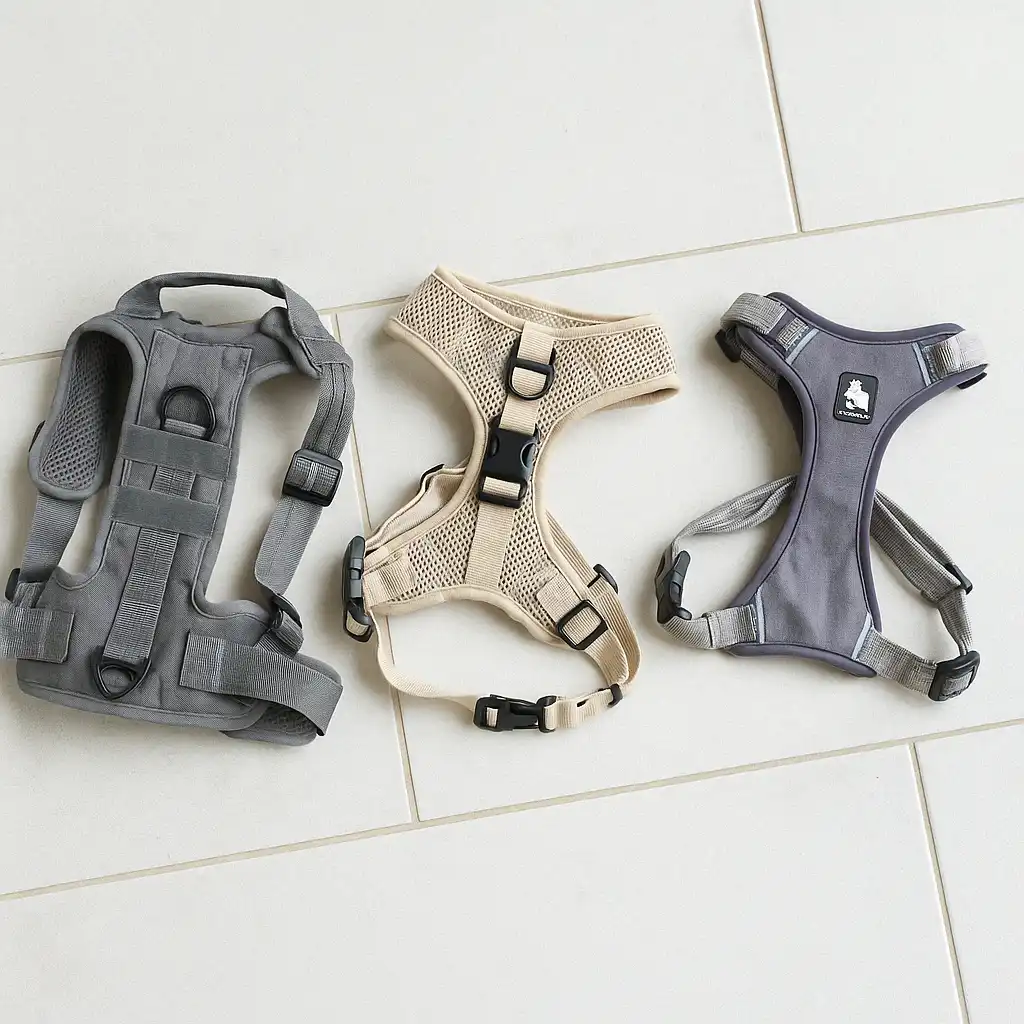
Finding the best harness for a small dog is essential, especially for pug owners who want to keep their pups safe, comfortable, and stylish during walks. Pugs have unique body shapes that make it important to select a harness that fits securely without restricting their breathing or movement. A well-chosen harness not only protects your pug’s delicate neck but also helps make daily walks a positive experience.
Why Harnesses Are a Better Choice for Pugs
Pugs are known for their short noses and sensitive airways, which makes collars less ideal for walks. A properly fitted harness distributes pressure across the chest and shoulders instead of the neck. This is crucial in preventing breathing difficulties and injuries. Plus, harnesses provide better control during walks, which is helpful for energetic or stubborn little pugs.
Key Features to Look For in a Small Dog Harness
When choosing the best harness for your pug, focus on these important features:
- Adjustability: Pugs have deep chests and broad shoulders, so adjustable straps are important for a snug but comfortable fit.
- Padded Design: Soft padding prevents chafing and keeps your pug comfortable on longer walks.
- Front and Back Clips: A dual-clip system offers both control and flexibility depending on your training needs.
- Lightweight Material: Breathable and lightweight materials ensure your pug doesn’t overheat, especially in warmer months.
- Durable Handle: A top handle can provide extra control during busy outings or help your pug over obstacles.
Top Recommended Harnesses for Pugs
OneTigris Adjustable Tactical Dog Harness
Perfect for adventurous pugs, this full-body vest offers a snug, adjustable fit with a sturdy handle for control during hikes and training.
Wisedog Mesh Breathable Dog Harness
Designed for small dogs, this breathable harness is lightweight and has three fast-release buckles, making it easy to put on and take off. It’s a great option for daily walks and training sessions.
Truelove Soft Front Dog Harness
This reflective harness offers a no-pull design, two leash attachments, and a padded handle. Its comfortable fit and added safety features make it a top pick for pug owners.
Tips for Proper Harness Fitting
- Ensure you can fit two fingers between the harness and your pug’s body.
- Adjust the straps evenly to avoid pressure points.
- Introduce the harness slowly to prevent stress—let your pug sniff and explore it first.
- Regularly check the harness for signs of wear and replace it if needed.
Conclusion
Choosing the best harness for a small dog, especially a pug, can make a huge difference in comfort, safety, and enjoyment during daily walks. Look for adjustable, padded designs made with lightweight, breathable materials to match your pug’s unique needs. Investing in the right harness ensures that your pug stays happy, healthy, and stylish every time they step out the door.


